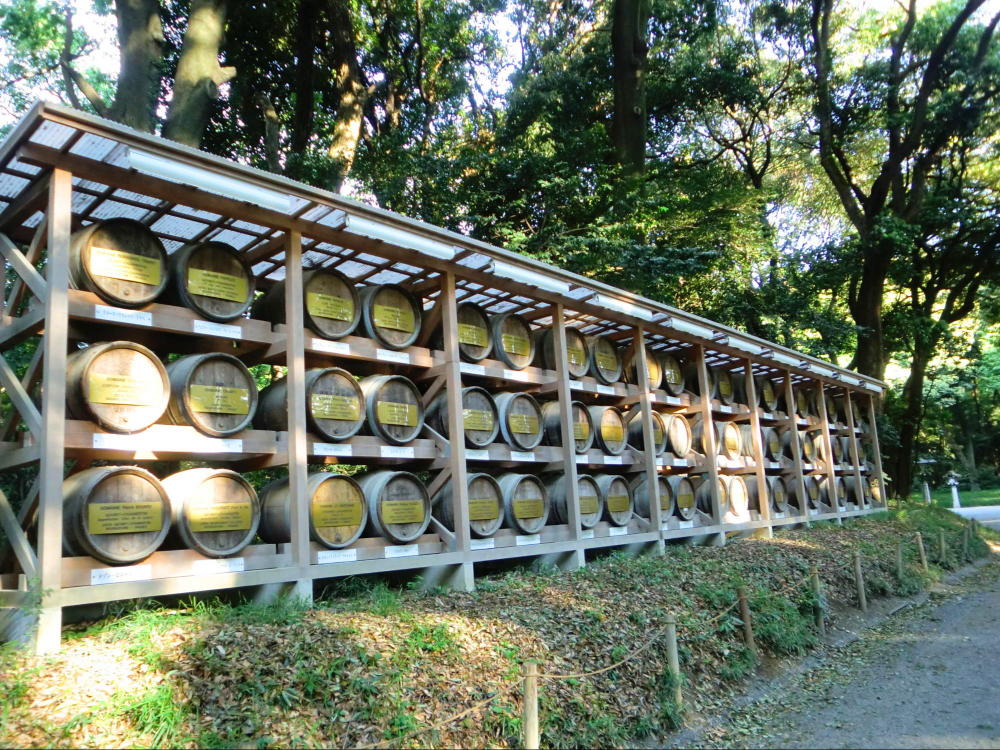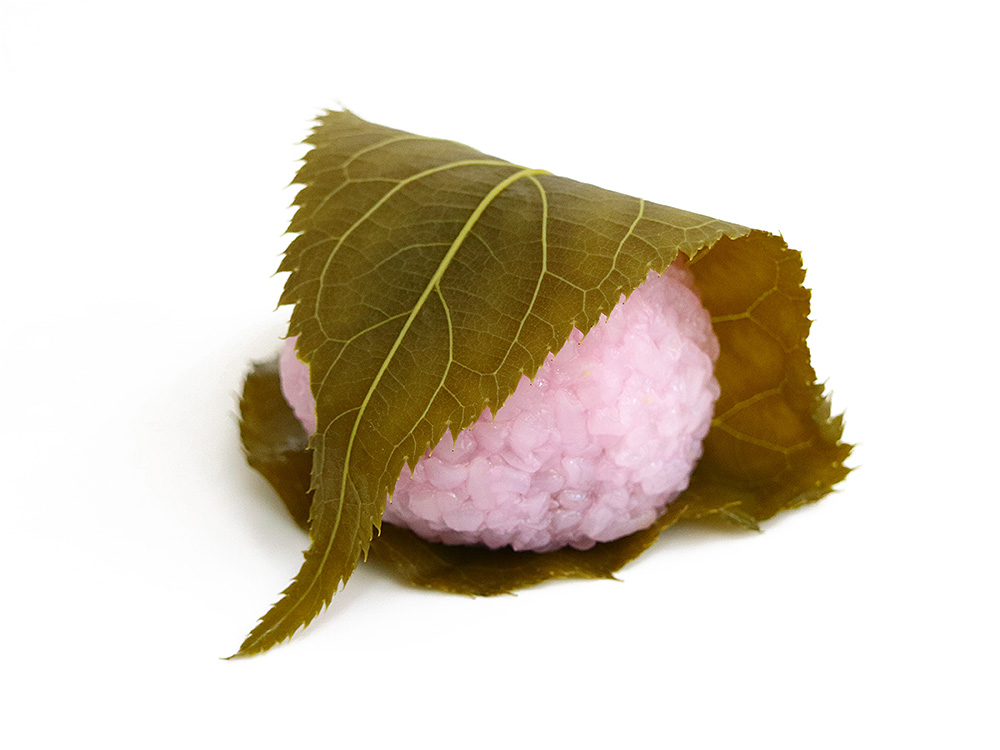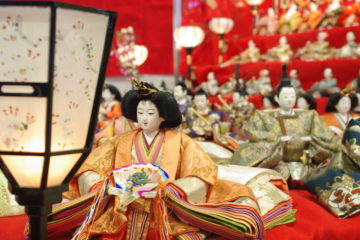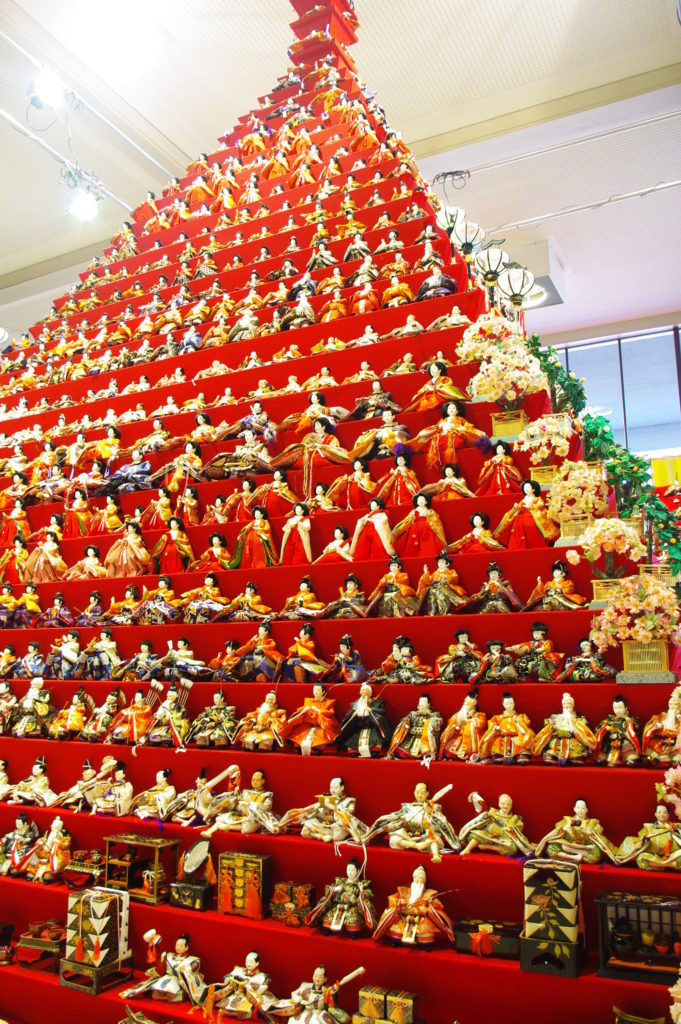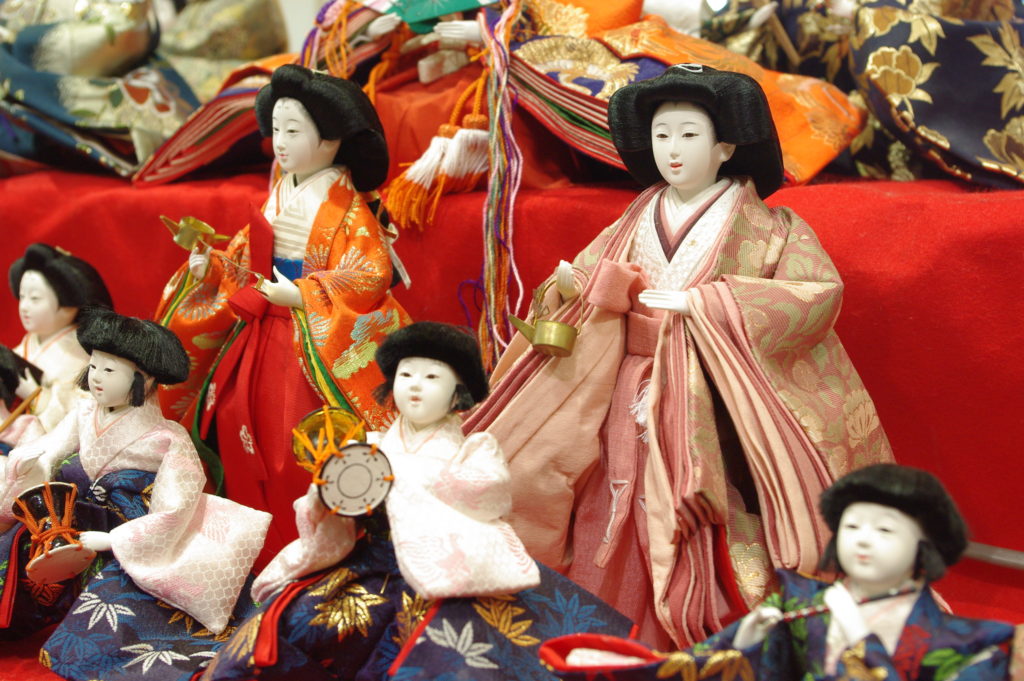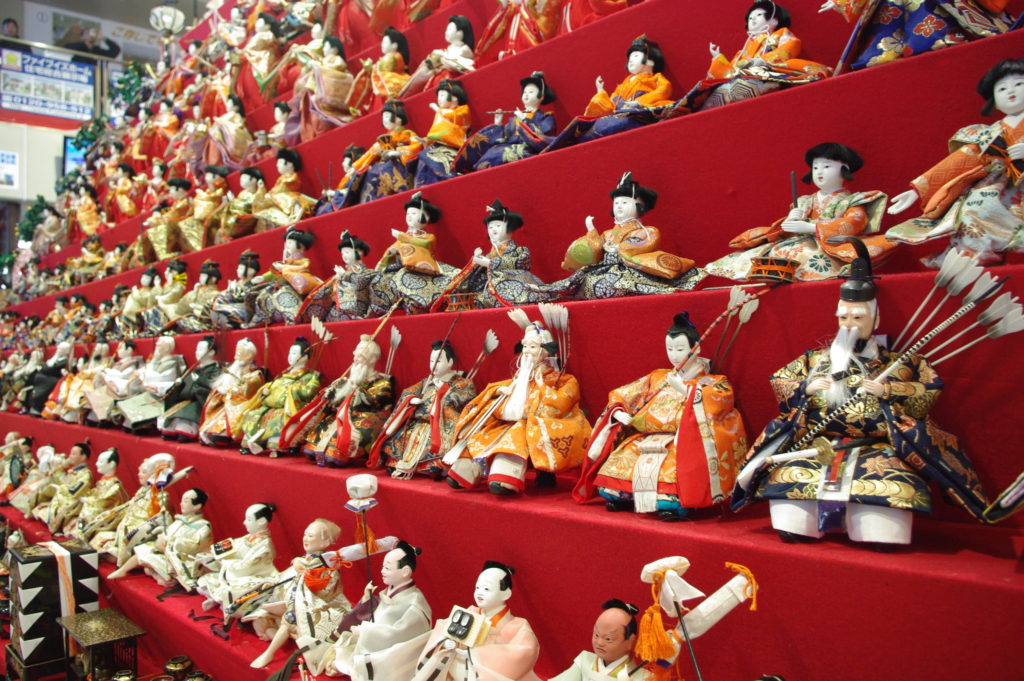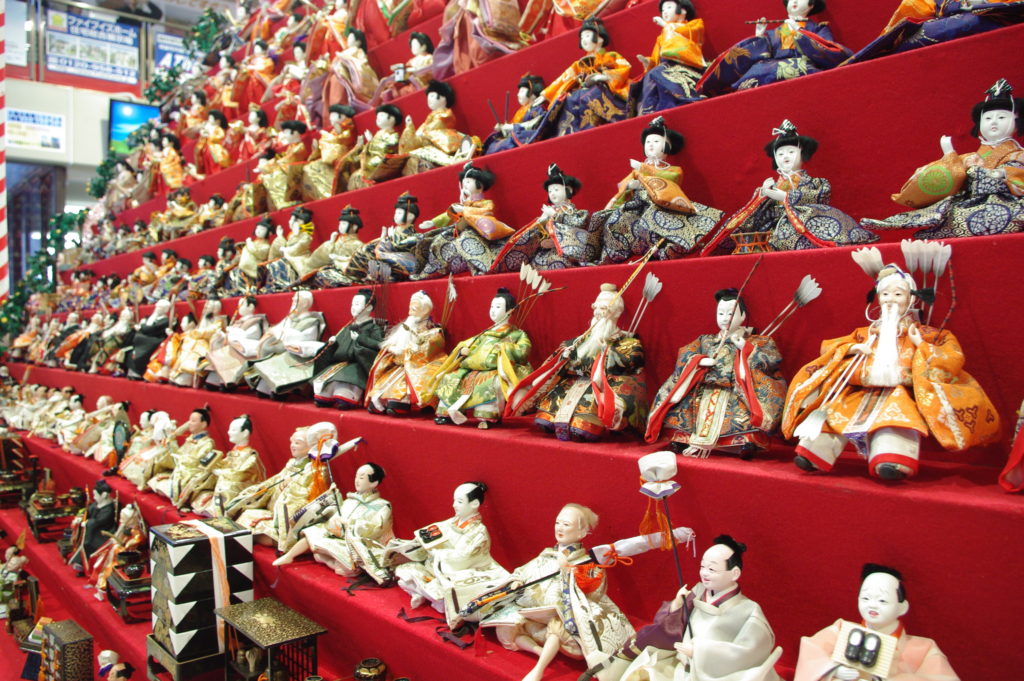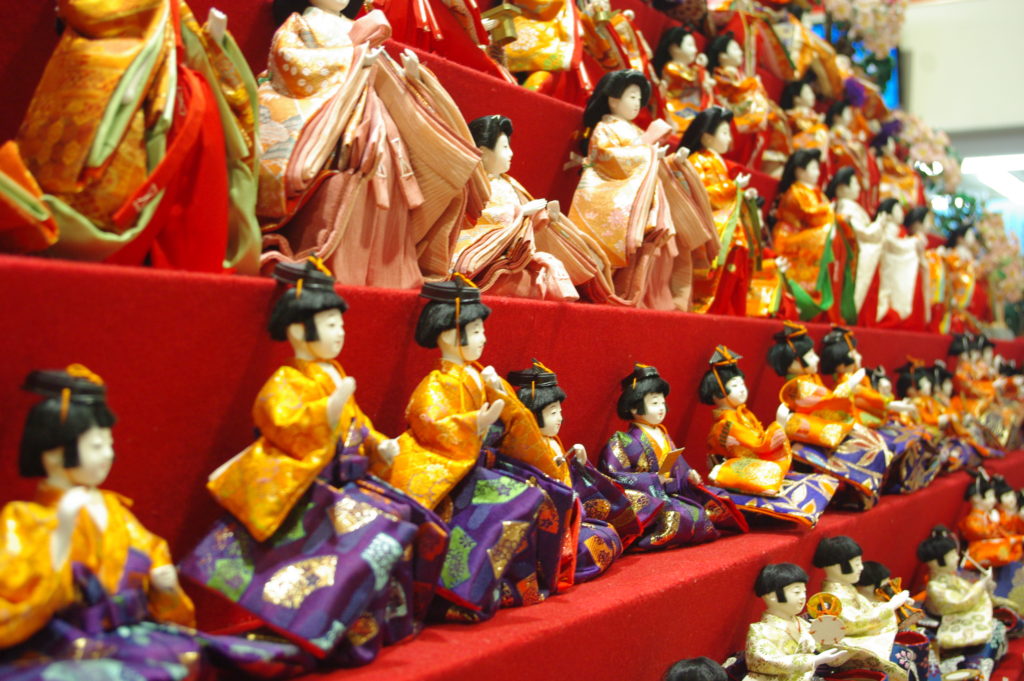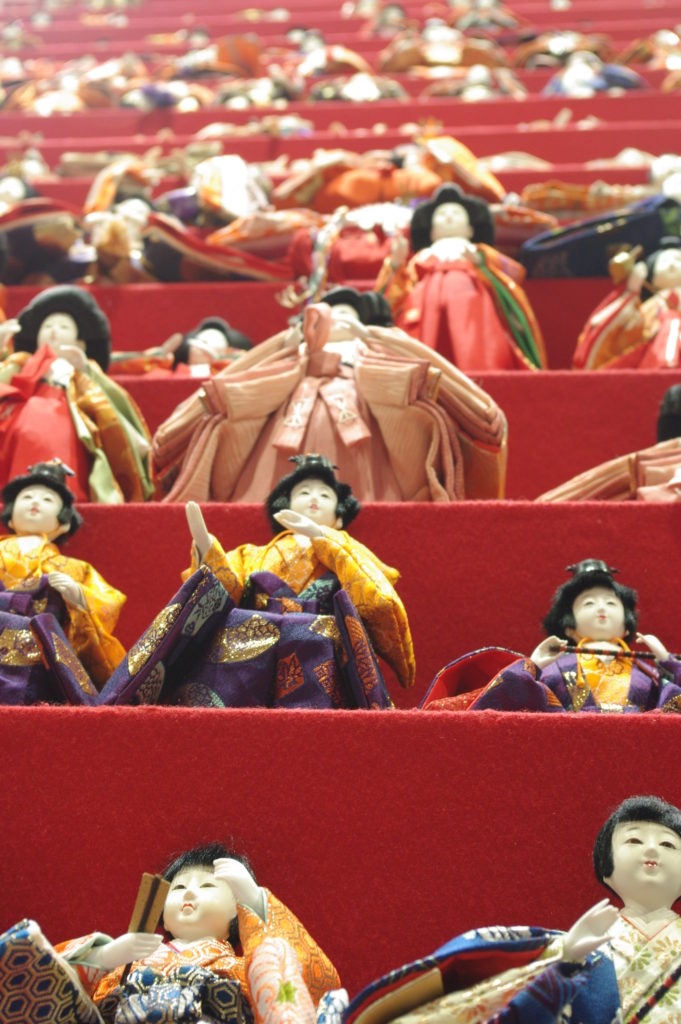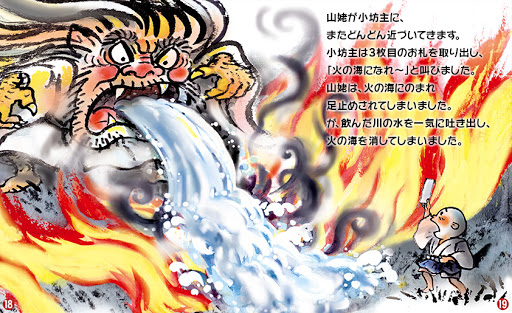
A long, long time ago, in a certain village, there flowed a large river. You could always hear a roaring sound as it rushed past. The people of the village always experienced difficulty in getting across the river to the other side. They tried to build a bridge, time after time. But, no matter how often they did, the bridge was washed away. So the villagers went to see Hikozo, the best carpenter in the village, and asked him to build a bridge.
“Hikozo, won’t you be so kind as to build a bridge across the river? Whoever builds one, it just ends in failure. You’re the only person who can do it!”
Hikozo went to the river to think about this request. “Oh, it flows so fast. With a river flowing as strongly as this one does, it would be hard to build a bridge. But, even so, without a bridge we villagers have a problem. I’ll have to find some clever way of doing this.”
As Hikozo was thinking about the problem along these lines, suddenly a monster appeared from out of the middle of the river.
“Oh, there’s a monster!” The startled Hikozo began to run away.
“Hey, hey, don’t run away. By the way, what have you been muttering about while staring at the river?”
The surprised Hikozo answered, “Um, I’ve been asked to build a bridge across this river, but I don’t know how I can do it.”
“Build a bridge across this river, you say? That’s impossible. If it was me, I could do it. But there’s no way that a human being could.”
“But without a bridge the villagers are in trouble. Couldn’t you please help us out?” Hikozo asked the monster.
“Well, I suppose I could build it for you, but would you give me your two eyeballs in exchange?”
“No, I don’t want to do that. I wouldn’t be able to see anything then, would I?”
“OK then, guess what my name is. If you get it, I won’t take your eyeballs. Come here again three days from now. If you can guess my name right, I’ll build your bridge for you.” So saying, the monster disappeared back into the river.
Hikozo went home to think about the situation. “I wonder what the monster’s name might be? Onikichi, Onisuke, Onihei…. hmm, I’ve no idea!” Hikozo thought and thought about the problem for three whole days, but no matter how hard he thought, he just didn’t know the answer.
“Well, in this case, it can’t be helped. It’s for the people of the village. There’s no choice but to have the monster build the bridge, in exchange for my eyeballs.”
Just then, he heard some children outside his house singing a song. “The monster Oniroku likes eyeballs…. The carpenter Hikozo loses his eyeballs…”
“Oh, so his name’s Oniroku! Great, now I know.”
Hikozo went back to the river. The same monster appeared again.
“Hey, do you know what my name is?”
“Um, Onisuke?”
“No, no, you’re wrong!”
“Well then, is it Onihei?”
“No, no, you’re wrong!”
“How about Onihachi?”
“No, no, bad luck! Well, you’d better just give up, you’ll never get it. Hurry up and give me your eyeballs!” Saying so, the monster put out his hand toward Hikozo.
At that moment, Hikozo cried out in a loud voice, “Your name is Oniroku!”
“Oh, no!”
The moment that his name was called out, the surprised monster disappeared back into the river. Some time after he had gone from sight, a splendid bridge appeared over the bridge, out of the blue. So that’s how a bridge got built over the river. Needless to say, the villagers were all delighted!












